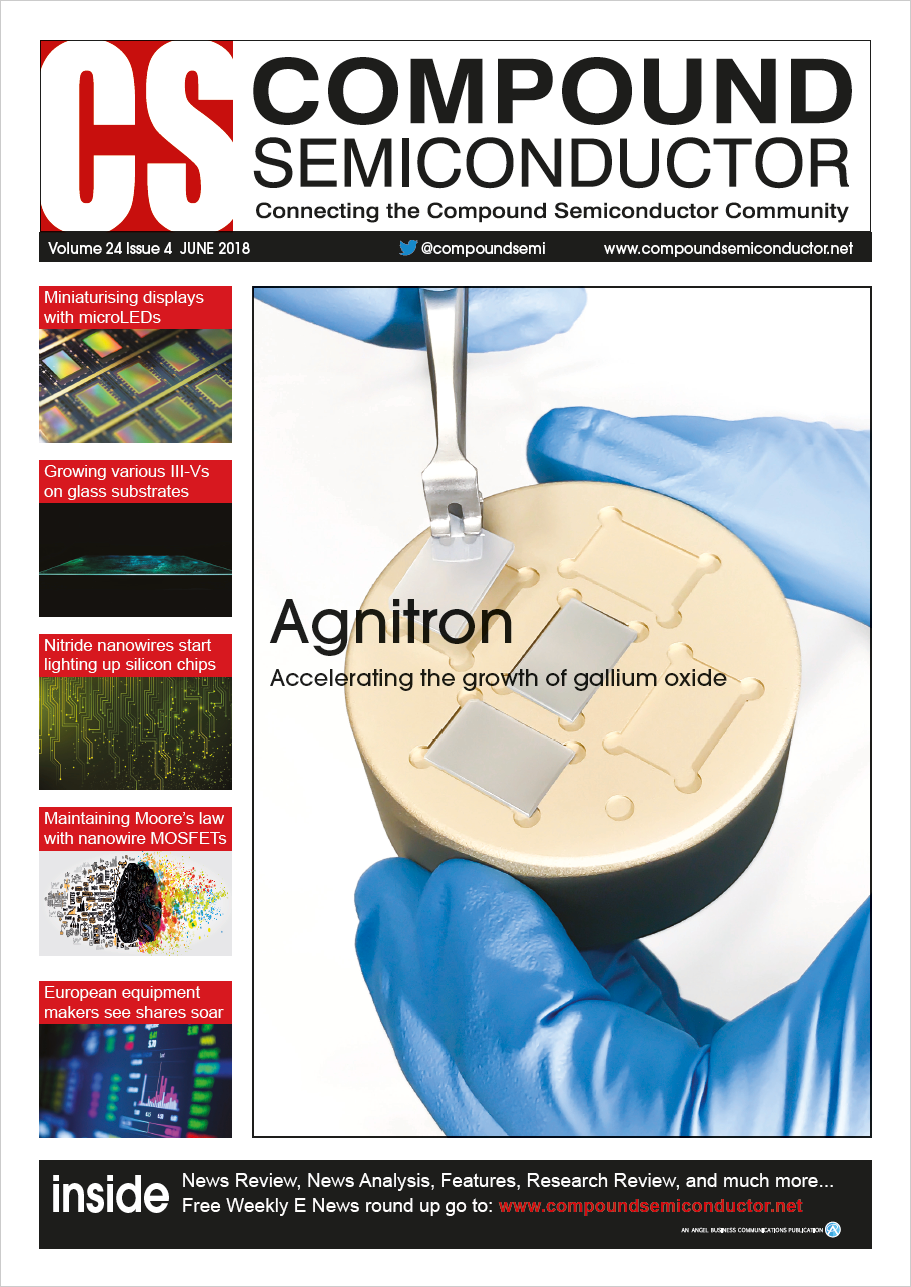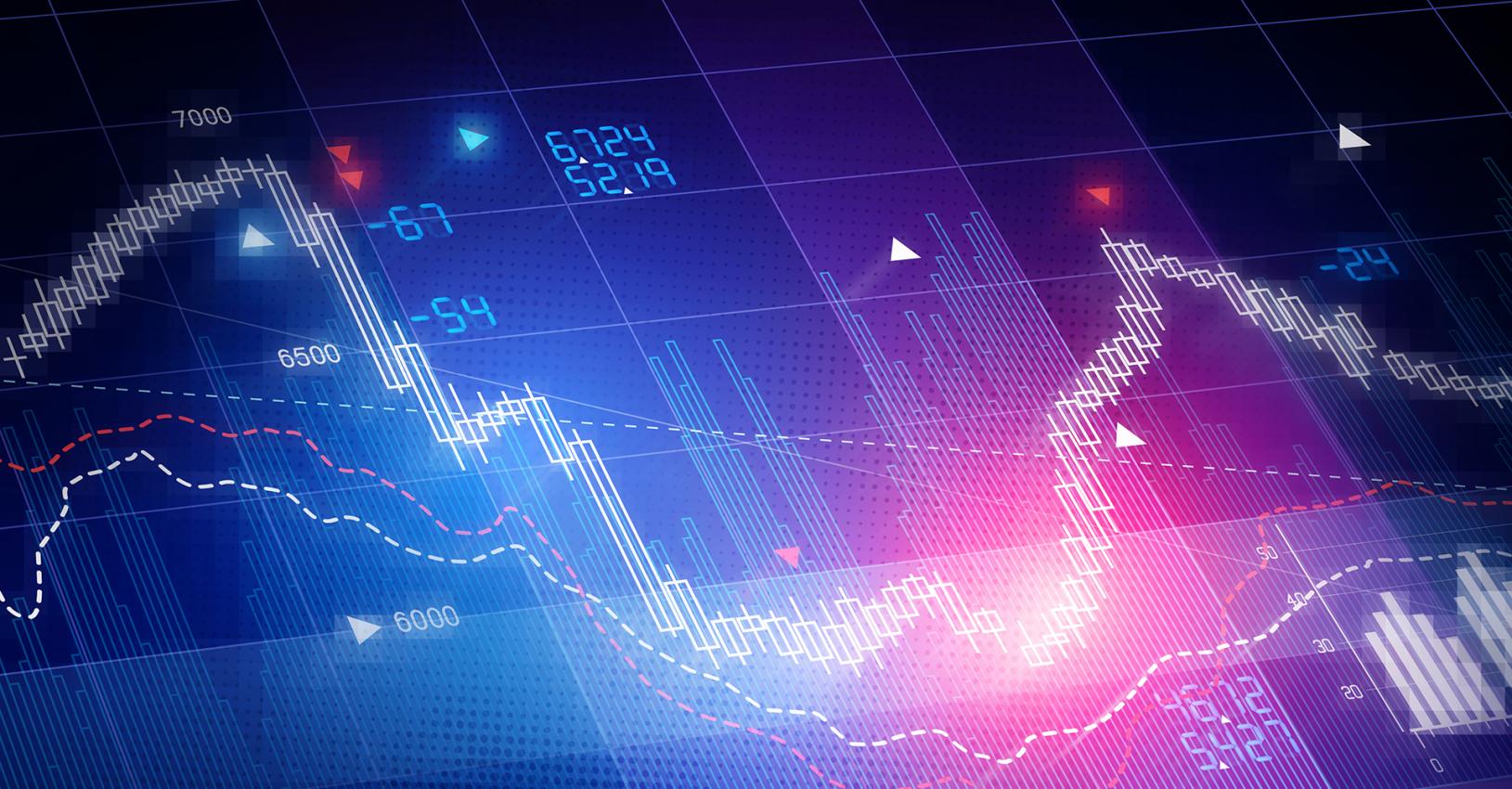
Varying fortunes for CS shares

It's not been a great 12 months for investors in the compound semiconductor industry. Within this sector, it is slightly more likely for share prices to have fallen than gained. However, a canny investor "“ or indeed a lucky one "“ could still have enjoyed great returns with shares within this industry. The key is not just to identify which type of company is going to see the greatest increase in share price, but pick the winners.
The best companies to have invested in for the last 12 months have been a pair of equipment manufacturers: Aixtron and Riber. Share price gains for these two firms have been just over 150 percent and 100 percent, respectively. However, their rival across the pond, Veeco, has not enjoyed anything like the same success. Although, over the last few years, it has overtaken Aixtron as the leading supplier of MOCVD tools, an indifferent last 12 months has seen its share price tumble by more than 50 percent.
That drop has led Veeco to foot this year's share Compound Semiconductor Share Price Leaderboard
A turnaround at Aixtron
The tremendous hike in Aixtron's share price over the last 12 months is a reflection of the transformation of the company. Back in early 2017, the German toolmaker ran at a loss, but now it's profitable, orders are up, and the future is far, far brighter.
Speaking to investors on 26 April to discuss the results for the first fiscal quarter 2018, ending on 31 March this year, company president, Bernd Schulte remarked that Aixtron was having the strongest start to the year since 2011.
"Our business enjoys a positive momentum with strong interest for our full range of products, but in particular for all manufacturing solutions for the production of lasers, such as vertical-cavity surfaceemitting lasers for 3D sensing and optical datacom applications," added Schulte.
Aixtron's business is continuing to outperform its own expectations. Orders for the first quarter stood at €79 million, 27 percent higher than the same quarter last year, and 20 percent ahead of the previous quarter.
Encouragingly, the growth in the size of the order book has gone hand-in-hand with an increase in gross margin. This hit 43 percent in the most recent quarter, up 4 percent sequentially, and an increase of 18 percent year-on-year.
The high gross margin is helping the company to turn a profit. Judged in terms of earnings before interest and tax, the last quarter netted close to €8 million, while net profit came in slightly above €12 million. Schulte attributes the success to several factors, including a robust line of products, and a resilient, cost-effective, flexible business model that has enabled the tool maker to benefit from today's strong market conditions.
"We have gone through a successful reorientation of our technology portfolio, and now have a durable and focused product portfolio in growth areas such as specialty LEDs, lasers and power electronics."
When the order book for any company grows, some will question whether the firm can handle the additional work. This should not be an issue for Aixtron.
"Our manufacturing model is very well capable of digesting this uptick," argued company president Felix Grawert during the latest earnings call. According to him, tool manufacture is aided by preassembly from Aixtron's suppliers. This allows engineers at Aixtron to focus on production planning, orchestration of the assembly on the shop floor, and testing assembled tools.
Growing orders will place strain on the service team. To address this, the aim is to not recruit staff, but improve efficiency, via a reduction in the installation time per tool.
The outlook for Aixtron is very positive. In February the company revealed that sales for the year should be in the range €230 million to €260 million, and the figure for earnings-before-interest-and tax should be between 5 percent and 10 percent of sales. With recent business going better than anticipated, the company now expects the 2018 figures to be towards the top of its earlier guidance.
Riber's rebound
At Riber, the French manufacturer of MBE tools and evaporation sources, the company's finances have followed a very similar path to those at Aixtron. Helping to almost double Riber's share price has been a return to profitability, a considerable increase in gross margin, and a buoyant order book.
For the French firm, dramatic growth in evaporators to the photovoltaic and screen industries has driven the increase in sales. Despite a fall from €8.8 million to €7.2 million for MBE system revenue between fiscal 2016 and 2017, sales have shot up from €16.5 million to €30.6 million over that timeframe, primarily due to a hike in evaporator revenues from €3 million to €16.2 million.
On 26 April, Riber released its results for the first fiscal quarter of 2018, which ended on 31 March. Sales were down €2 million compared with the previous quarter in 2017, but this should not be a concern, according to the company, because it reflects a staggering of deliveries for the photovoltaic and screen industries over the first two quarters of this year.
What is encouraging is Riber's order book. On 31 March this stood at €36.1 million, 112 percent higher than it was a year ago. Included are orders for 13 MBE systems, nine of which are production machines.
Cree's beneficial U-turn
In third place on the Compound Semiconductor Share Price Leaderboard is Cree. Its shares have risen steadily over the last 12 months, to increase in value by nearly 70 percent.
Cree is now heading in a very different direction to the one it planned just over a year ago. Back then it came close to selling Wolfspeed, its SiC electronics business, to Infineon. That deal was blocked, and Cree has subsequently bought Infineon's RF business, a move that will help the company to position itself as one that is not just interested in lighting.
"Wolfspeed, our smallest and most profitable business today, will become our largest and most profitable business over the timeframe of the long-range plan, roughly quadrupling in revenue by 2022," said CEO Greg Lowe during a conference call held on 24 April, to discuss earnings for the third fiscal quarter 2017.
Of late, performance of the Lighting Products segment has been so poor that it has been considered to be overvalued. This has led to a $247.5 million goodwill impairment charge, taken in the most recent quarter. For those three months, sales dropped by 10 percent to $131 million, while gross margin was just 19 percent.
Aixtron's share price has climbed steadily over the last 12 months.
For lighting products, which netted $43 million, gross margin is a little higher "“ it's just over 26 percent. But that's still far less than that for Wolfspeed. Gross margin of products in this division is 48 percent, while revenue is $83 million, an increase of 46 percent year-over-year.
To maintain this spectacular rate of growth in sales, efforts are underway to double power device capacity compared with where it stood at the end of fiscal 2017.
"As we ramp this new capacity, we anticipate we could have some variability in our initial production yields and factory utilization," explained company CFO Mike McDevitt during the recent earnings call.
So the road to higher margins and greater profitability will be bumpy, but Cree is heading in the right direction.
Veeco's woes
The recent history at Veeco is not dissimilar to that at Aixtron. Revenues are rising and gross margins are getting better, but with Veeco profitability is still around the corner.
Those leading the company are certainly upbeat about its future. "2017 was a truly transformational year for Veeco, remarked John Peeler in the most recent earnings call, held on 12 February to discuss results for the fourth fiscal quarter 2017.
"We completed the acquisition of Ultratech, which is providing us with a more diversified revenue stream, and the integration is proceeding well with greater synergies than we originally expected."
Another major change has been the consolidation of the New Jersey manufacturing facility, a move that is said to generate good annual savings.
"Lastly, we delivered nearly 41 percent non-GAAP gross margins, and our healthy bookings demonstrate our leading position in the markets we serve, and give us confidence in our ability to accelerate profitable growth."
Veeco dominates the MOCVD market, with a 55 percent share of tools for making GaN LEDs, according to IHS. Sales dipped several years ago, due to overcapacity, but the outlook is good.
During the February earnings call, Peeler said that in China, utilization rates in the leading GaN LED chipmaking fabs are in upper 80s, while the figure for the "tier two" fabs is in the upper 70s. "Taiwan's in the 80s. Korea might be low 80s or a little lower."
These rates are high, indicating chipmakers are running close to full capacity, and are buying MOCVD tools.
"We expect a solid year in the marketplace," said Peeler. "I think we had some 400 plus reactors in 2017. We think the market will grow over that number, maybe even significantly over that number in 2018."
Targeting this market is the EPIK 868, released last September. "We've shipped several large orders [for this tool] to Chinese customers, as our platform enables greater productivity and lower cost of ownership," said Peeler. "Feedback from customers has been excellent."
Veeco is also seeing increasing interest in MOCVD tools for the growth of other photonic devices, and also RF devices. This January Osram Opto Semiconductors placed orders for the Veeco K475i and Propel systems, which are designed for the production of power electronics, RF semiconductor devices, LEDs and laser diodes "“ including VCSELs. Peeler said volumes of the latter device will grow, as it is deployed in smartphones, where it is used for 3D sensing; in LiDAR sensors, used in autonomous vehicles; and in data centres, where it delivers highspeed data transmission.
Further signs of a rise in sales of MOCVD tools for power electronics came in April, when Veeco reported that On-Semiconductor had ordered a Propel High Volume Manufacturing MOCVD tool for the growth of GaN-on-silicon epiwafers.
With bookings growing "“ they increased for the third consecutive quarter to hit $179 million "“ and end markets having a positive outlook, Veeco should return to profitability, so long as it can operate with a healthy gross margin. If it succeeds on that front, it is unlikely to be footing the share price leaderboard in 2019.
Aixtron is seeing a growth in sales of MOCVD tools for making power electronic devices. To target this market, it offers the Aixtron G5+, which can accommodate five 200 mm wafers.


































